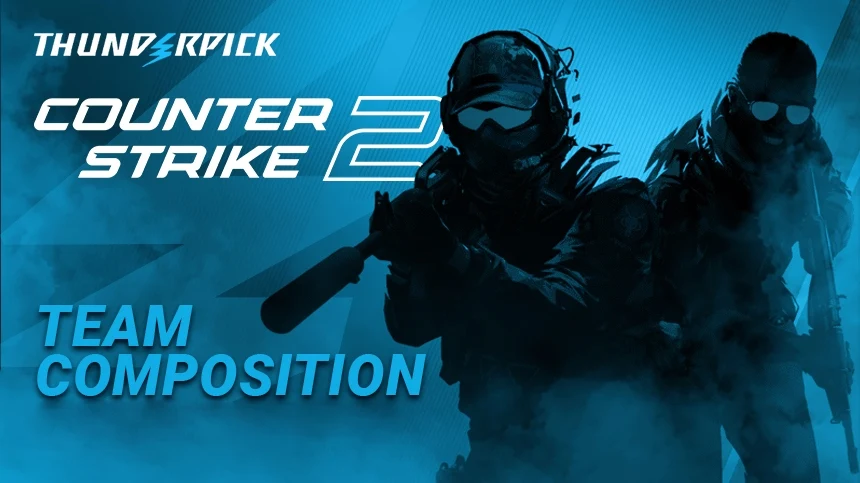Blggzz: Your Daily Dose of Insight
Stay updated with the latest news and informative articles.
IS YOUR TEAM MISSING THE THRILL? DISCOVER WHY THE IGL ROLE IN CS2 IS A GAME-CHANGER
Uncover the secrets of the IGL role in CS2 and how it can elevate your team's gameplay to new heights! Don't miss out on this game-changer!
Unlocking Team Potential: How the IGL Role Transforms CS2 Gameplay
The IGL (In-Game Leader) role is crucial in transforming gameplay in CS2, as it encompasses strategic planning, team coordination, and in-the-moment decision-making. An effective IGL not only dictates the team's tactics but also adapts their strategy based on the flow of the match, leading to unlocked potential and improved performance. By fostering clear communication and establishing roles, the IGL empowers each member to contribute their strengths to the team's overall strategy, resulting in more cohesive gameplay and better execution of tactics.
Moreover, the synergy between an IGL and their teammates is essential for achieving success. When players trust their IGL's judgment, they are more likely to follow the strategy laid out, which can lead to impactful outcomes such as winning crucial rounds or securing map control. To develop this trust, IGLs should focus on communication skills and the ability to inspire confidence in their team. This transformational leadership not only enhances individual gameplay but also elevates the entire team's performance, unlocking their full potential in CS2.

Counter-Strike is a popular tactical first-person shooter (FPS) game franchise that has captivated millions of players worldwide. One of the exciting aspects of the game is the variety of weapons available, including mp9 skins that allow players to customize their in-game experience.
The Unsung Hero: A Deep Dive into the Impact of IGLs in CS2
In the fast-paced world of CS2, the role of an in-game leader (IGL) often goes unnoticed, yet their influence is profound. IGLs are tasked with not just calling the shots during matches but also shaping the overall strategy and fostering team cohesion. This responsibility requires acute game sense, analytical thinking, and exceptional communication skills. While star players may dominate the kill feed, it is often the IGL's meticulous planning and tactical foresight that pave the way for victory. They make crucial decisions on the fly and adapt strategies that can turn the tide of a match, proving that their contributions are anything but secondary.
Moreover, the impact of IGLs extends beyond the game itself. A strong IGL fosters a culture of teamwork and resilience within the squad, ensuring that players remain focused and motivated regardless of the scoreline. This aspect of leadership is essential in high-stakes tournaments where pressure can lead to suboptimal performance. By employing tactics that enhance communication and trust among teammates, IGLs create an environment where strategic synergy thrives. Ultimately, the unsung heroics of IGLs highlight their crucial role in the competitive ecosystem of CS2, reminding us that every great team has a mastermind orchestrating their success from behind the scenes.
Is Your Team Struggling? Here’s How an Effective IGL Can Change Your Game
In any competitive environment, whether in sports or business, team dynamics play a crucial role in achieving success. If your team is struggling, it might be time to evaluate the leadership structure. An effective In-Game Leader (IGL) is vital as they provide direction, manage conflicts, and inspire teammates to perform at their best. By fostering an environment of collaboration and open communication, an IGL helps to identify each member's strengths and weaknesses, strategizing accordingly to enhance overall productivity and morale.
The impact of a skilled IGL goes beyond just tactical guidance; they serve as the backbone of team cohesion. Here are a few ways an effective IGL can change your game:
- Clear Communication: An IGL ensures that all members understand their roles and responsibilities.
- Adaptability: They can pivot strategies based on real-time feedback and opponent actions.
- Mental Support: A good IGL provides motivation and support during challenging times.